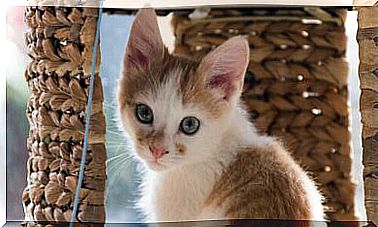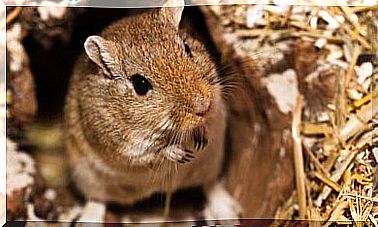Nudibranchs: The Jewels Of The Sea
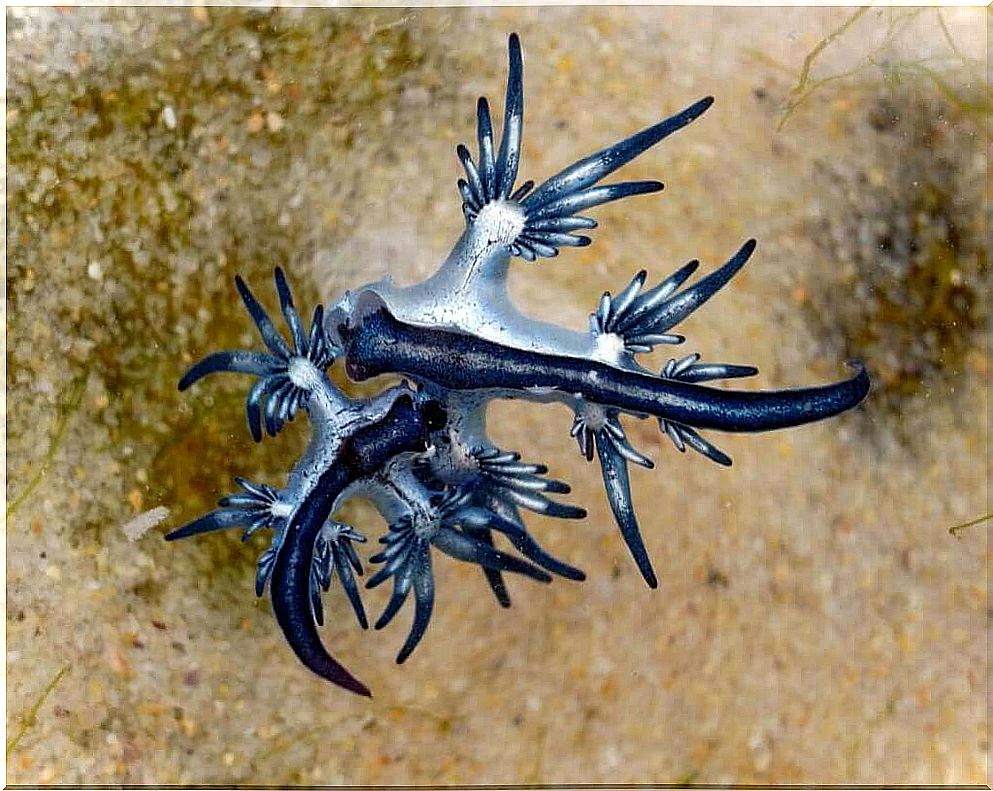
The most varied ecosystem that exists is established in the oceans. The aquatic beings that inhabit it have an enormous diversity of colors, shapes, feeding modes and defense mechanisms to ensure their survival. This medium is home to the most impressive and rarest organisms you can imagine, from transparent beings to abyssal fish with light-emitting organs.
One of the most exotic creatures are the nudibranchs, the sea slugs that conquer those who venture into the depths of the oceans. Next, we’ll tell you everything you need to know about these spectacular organisms.
the sea slugs
Nudibranchs are popularly known as sea slugs. They are molluscs, such as clams and squid, of the class of gastropods that inhabit the surfaces of the seabed. The name nudibranch means “bare gills”, because these animals expose their gills, in the form of wings on the back, outwards.
General features
The main peculiarity of these beings is the variety of colors and shapes they present. During the larval stage, these organisms have an embryonic shell that they lose when they are adults.
Therefore, the adult forms have no shell and are very similar to the slugs we know. They move thanks to a muscular foot that releases a mucous substance that allows them to support themselves and move on the substrate.
Although these animals are blind, their eyes serve to differentiate light from darkness. Instead, they have two antennas called rhinophores. These “horns” function as sensory organs and not only allow them to detect food, but also to find other nudibranchs to mate with.
Due to the absence of the shell, which in other animals serves as protection, these organisms had to adopt other techniques to defend themselves from predation, such as the secretion of highly toxic compounds. That’s why some species are very poisonous.
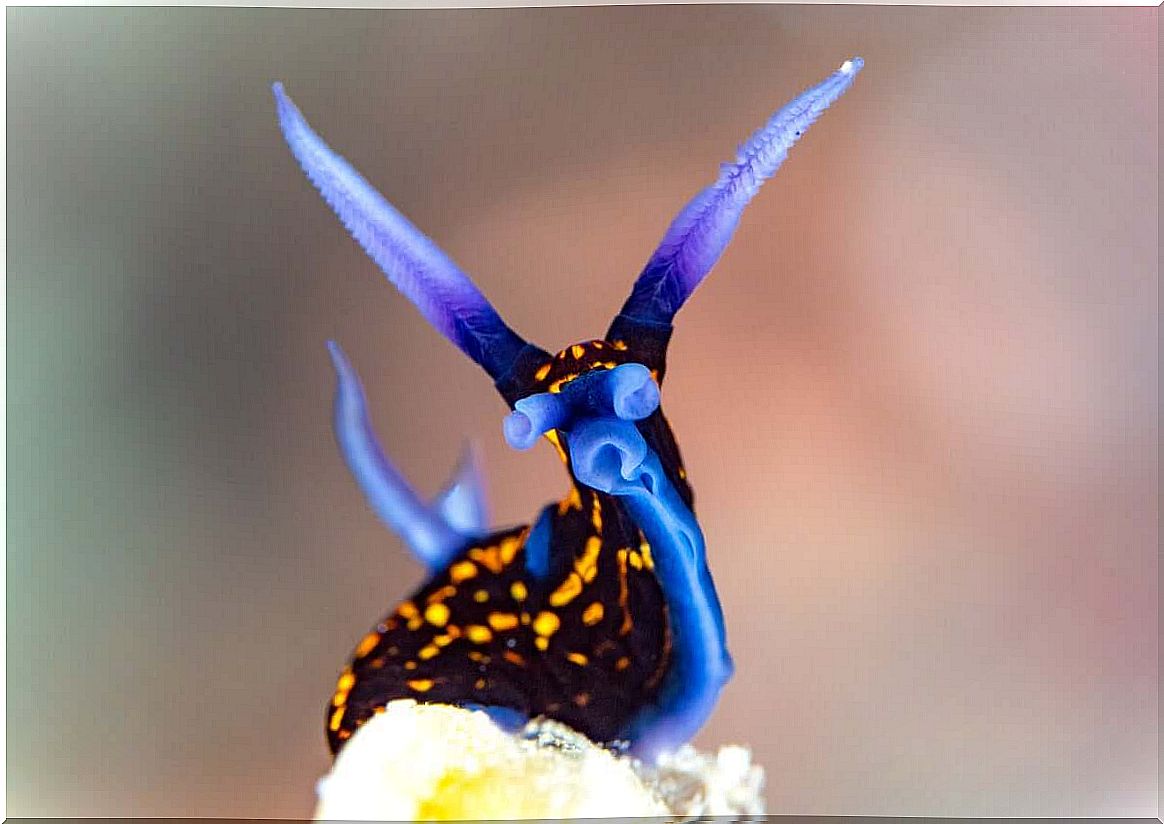
Size and habitat
Typically, these creatures are benthic, meaning they live trapped on the surface of the sea floor. In contrast, others are pelagic and move through the shallower columns of salt water. As for size, they are very variable as there are nudibranchs that can measure a few millimeters while others reach 40 centimeters in length.
reproduction and feeding
These molluscs are hermaphrodite beings, that is, male and female at the same time. They need another individual to reproduce and when they find one, they fertilize each other.
Their diet is based on eating other invertebrates, so they are carnivores. They also include algae and corals in their diet and even eat other nudibranchs or their eggs. They catch their prey thanks to the radula, a structure with small teeth located in the mouth of these molluscs.
Some species accumulate stinging cells from polyps or sponge spikes. In this way, they are able to incorporate them into the body and, later, use them to defend themselves.
Diversity of colors and shapes
There are more than 3,000 nudibranch species described that are colonizing all oceans, whether in warm or cold waters and at different depths. Although scientists speculate that there are more than 3,000 species that have yet to be discovered.
What stands out most in these beings is the diversity of shapes (they can be smooth or rough, flat or fleshy, long or short) and the colors they present. However, we must be careful with these marvels of the marine ecosystem, as this chromatic variety alerts us to their danger, as most of them are poisonous.
Therefore, these animals are a clear example of aposematism, a defense system in which a deterrent property is associated with a warning signal. In addition, they are endowed with multiple structures and characteristics that help them go unnoticed by their predators:
- Homochromy. Their shapes and colors allow them to mix with aquatic plants and the environment.
- Spikes . These needle-shaped body extensions serve to defend yourself. Some get them from the sponges they eat.
- Secretion of toxic biological products, which makes them poisonous.
- Bad taste. This makes predators learn not to eat them after tasting them.
Some curiosities
Within the group of nudibranchs there are very diverse species. For example, some are harmless, but mimic the appearance of toxic species to look dangerous:
- Glaucus atlanticus: the blue dragon has an incredible coloring and a very curious appearance. However, it is the deadliest species there is.
- Elysia chlorotica: this specimen can carry out photosynthesis by chloroplasts of consumed algae. With solar energy, chloroplasts carry out photosynthesis and the nudibranch feeds on its products.
- Ceratosoma gracillimum: Indonesian keratosoma lives in symbiosis with an imperial shrimp that keeps it clean and, in exchange, the nudibranch transports it and facilitates obtaining food.
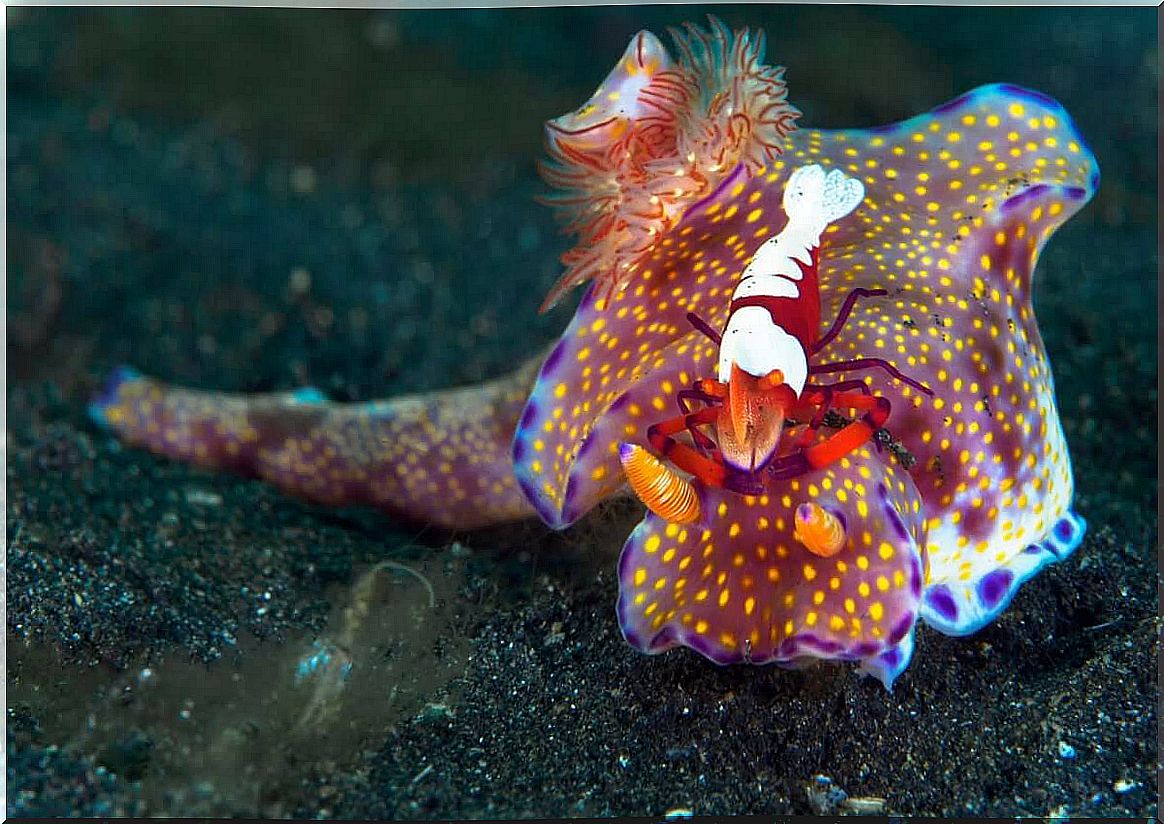
a feast for the eyes
As you may have already seen, the marine ecosystem is the most varied there is, and of all the organisms that inhabit it (despite their methods of camouflage), it is clear that nudibranchs do not go unnoticed. They are a feast for the eyes.
Thanks to the heterogeneity of their aspects, shapes and colors, they are unique beings. With characteristics that show that, after all, size is not an impediment if the animal is equipped with the most effective strategies and the most persuasive defense mechanisms.
Finally, we emphasize that it is these same methods that allow them to go unnoticed, making their search and identification difficult.

